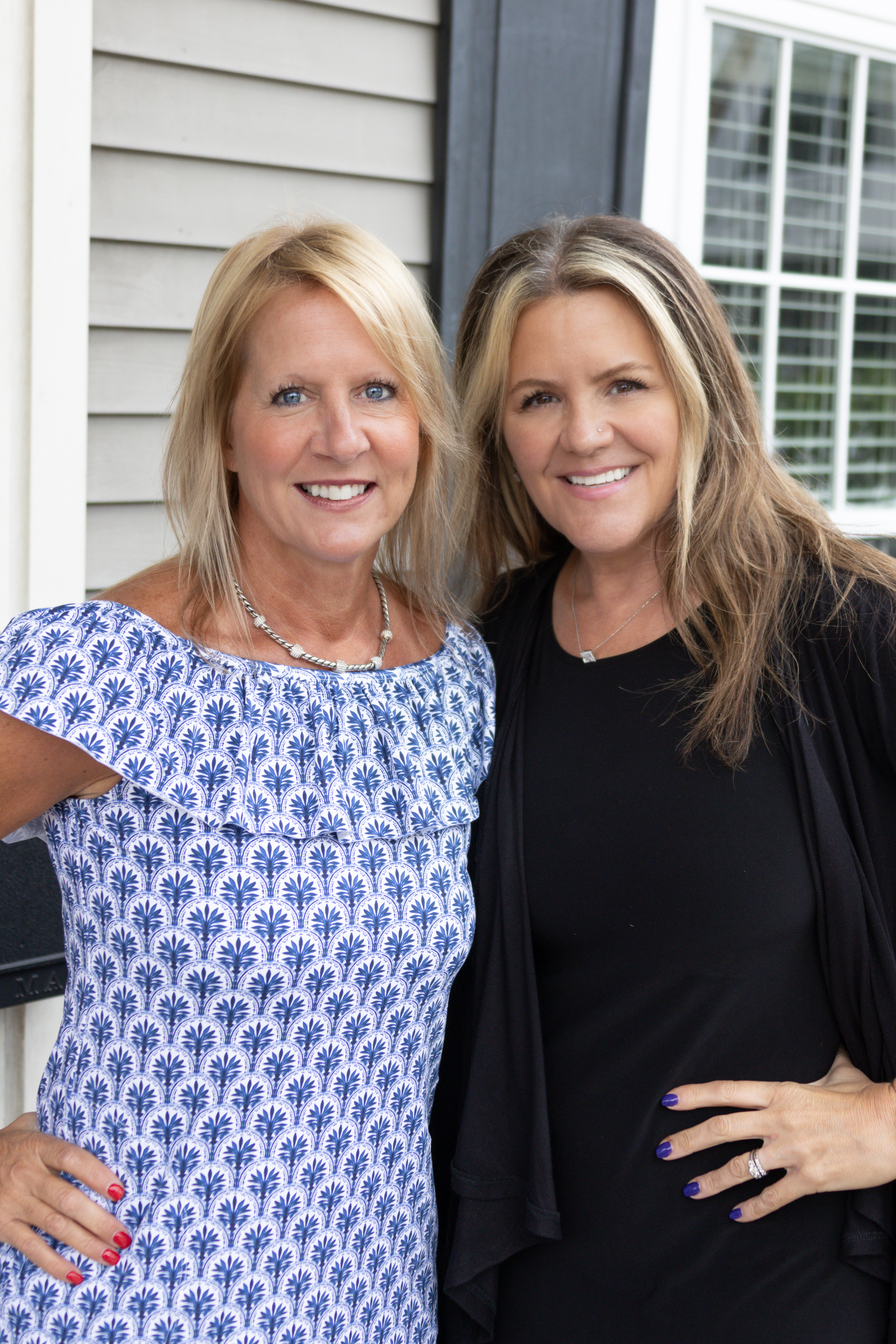
An ultra-efficient home is one that's designed and constructed not only to save you energy but provide its own. This means it uses no more renewable energy that it generates. To the novice homeowner, this may sound impossible. However, to the architects and engineers who specialize in designing this type of abode, it's all in a day's work.
Using a whole-house systems approach, architects use materials that are designed to harness and trap energy from the sun. Homeowners then use this energy to heat the water and air inside the home. It takes careful planning to design and build an ultra-efficient house, and the costs of construction usually reflect this. However, once built, this type of structure uses little in the way of traditional energy, and utility bills may even be nonexistent.
To provide its own energy, a home must feature south-facing windows and unobscured access to the sun. As the sun rises throughout the day, it shines into the windows and is collected by materials inside the home - usually a wall made of masonry or a tiled floor. Heat is stored in these materials according to their thermal mass. As the sun goes down and the day cools, heat stored in the thermal mass keeps temperatures inside the home comfortable.
There are controls in place to prevent the home from overheating. Usually they comprise window awnings, blinds or landscaping that limits the amount of sunlight that's allowed to enter during the hottest hours of the day.
Builders who construct ultra-efficient homes use materials that are functional for collecting and storing heat as opposed to ones that are simply attractive. These include:
Glazed glass
Brick
Recycled Steel
Spray foam insulation
Radiant barrier sheathing
Concrete
Most materials used in the construction of your ultra-efficient home will serve a purpose while looking beautiful and modern. They're filled with natural light and rich finishes that lend themselves well to heat absorption. The temperature and humidity inside the home is always comfortable, and if you have a utility bill, it won't fluctuate with the seasons.
It may cost as much as 7 percent more to build an ultra-efficient home as opposed to a more traditional design. However, you'll usually recoup that extra investment in under 10 years. By using energy-efficient materials, appliances and building techniques, the day-to-day costs of home operation are greatly reduced. As a result, the money you would usually spend on heating and cooling can begin going back into your savings account from the day you move in.
Can you afford to build an ultra-efficient home? The answer to this question may surprise you. There are several government grants and programs designed to encourage homeowners to build or upgrade to energy-efficient homes, according to Energy.gov. Some come as annual tax credits. Others are available as grants or as Energy-Efficient Mortgages (EEMs). Make sure to look into these options if you're interested in an ultra-efficient home.

The professionals you want on your team.
Consummate professionals who take your business seriously, this dynamic team employs thirty years of leadership, mentoring and management to adeptly serve their real estate clientele. Nicole and Robin, better known as TEAM Metrowest, have been a top producing team since their entry into real estate in 2009 with over 350 homes sold in over 70 cities and towns throughout the greater Boston and Metrowest areas. Clients can count on prompt communications and a focus on details from a TEAM that cares as much about their client’s goals as they do about making a sale. In a business reliant upon referrals and repeat business, TEAM Metrowest prides itself on over 90% of their business coming directly from past clients.